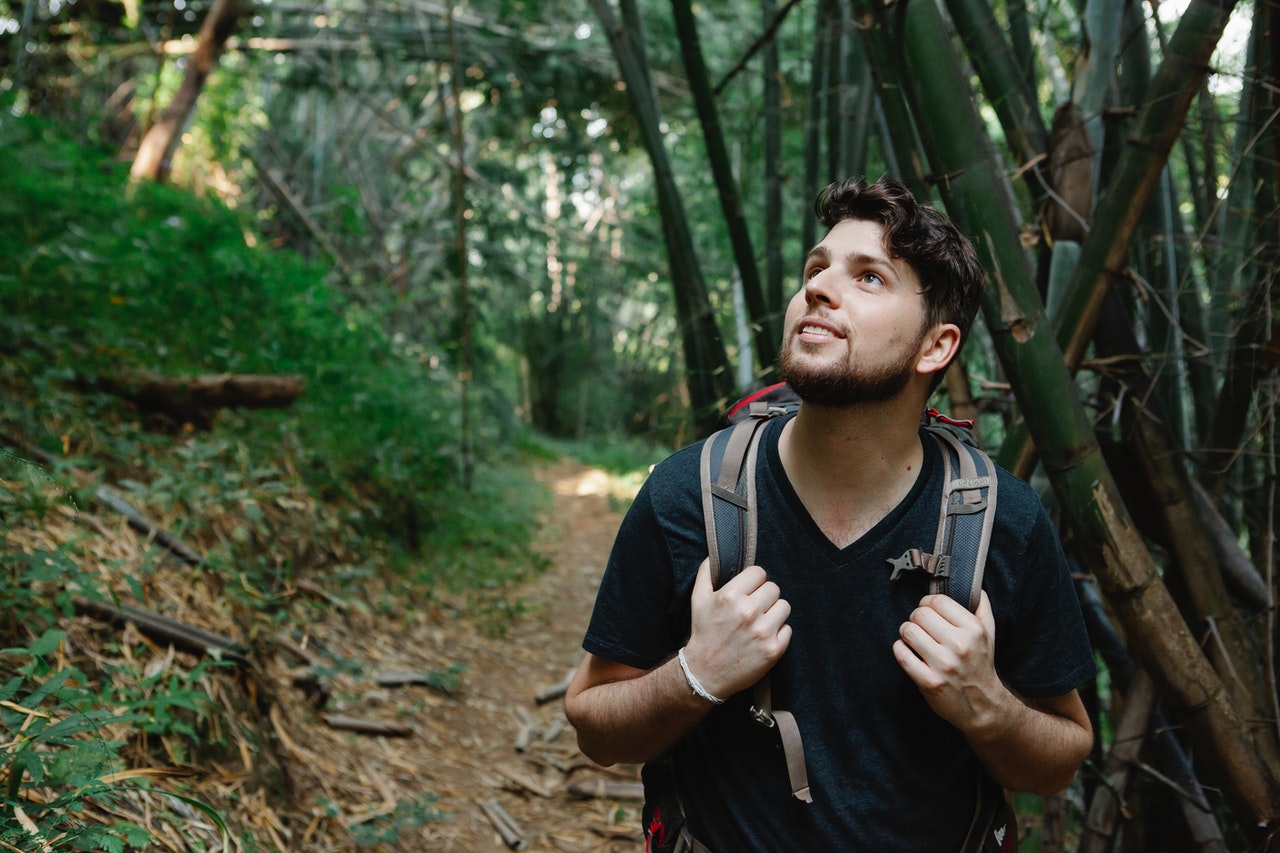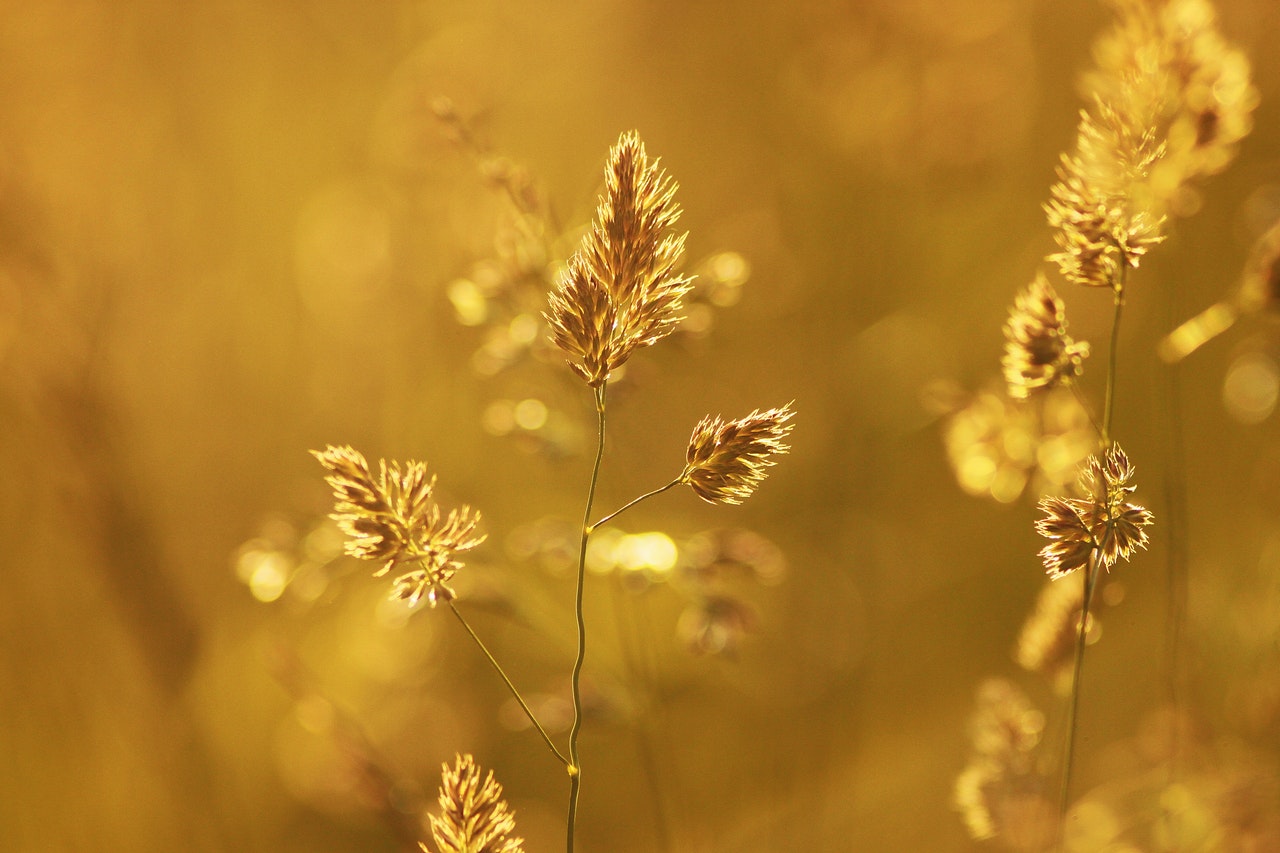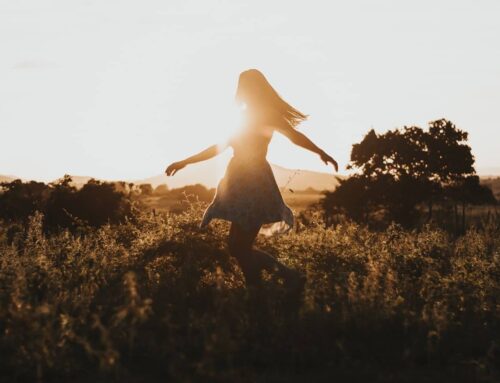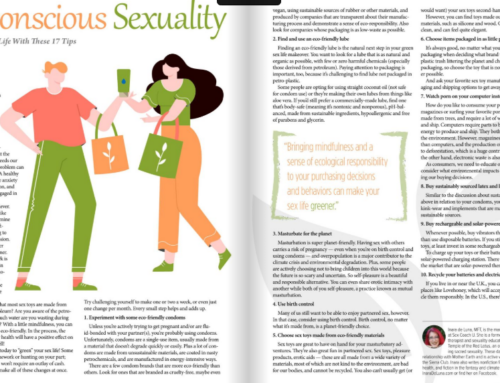Part I: A Beginner’s Guide to Earth’s Erotic Nature and How It Connects to Your Own
“Live in each season as it passes;
breathe the air, drink the drink, taste the fruit,
and resign yourself to the influence of the earth.”– Henry David Thoreau
“And forget not that the earth delights to feel your bare feet
and the winds long to play with your hair”– Khalil Gibran
You are on, of, and from the earth, and when you die, you’ll return to it. This remarkable planet supports us and sustains us, giving our bodies everything we need to survive.
Yet without a deep connection to nature, our sensuality suffers, and since the dawn of the Industrial Era we’ve moved further away from our primal connection to the natural world, just as you grow apart from a lover you knew long ago. Since that time, we’ve mindlessly destroyed the very life-sustaining planet we owe everything to, all in the name of profit and “progress.” What, you may be asking, does that have to do with sexuality?
For me, ecosexuality (or Eco-Sex, I use these terms interchangeably) begins with your relationship to your own body, and I believe that our relationship to our bodies is fundamentally linked with our relationship to nature itself. We are mammals, after all.
This instinctual knowledge, that we belong to the earth and the earth to us, can be hard to process intellectually, especially in the era of smartphones that seem like extensions of our limbs. That’s why you have to feel it first, using your senses. We were all born somewhere on this strange blue orb spinning through space and time, and are thus imprinted with a distinct relationship to our natural surroundings.
To understand what ecosexuality is, we first have to understand what we’ve lost on planet earth—and why Eco-Sex may be the salve we need to feel good, so we’re inspired to save our precious home.
Solastalgia
Eco-philosopher Glenn A. Albrecht, the author of Earth’s Emotions: New Words for a New World, coined one of the most important, defining concepts of the early 21st century with the word “solastalgia.” According to Albrecht, solastalgia is the nostalgia we feel as the environment we’ve always known slips away from us.
As our consumption of fossil fuels continues to destroy natural habitats, kill off species, and inexorably exacerbate the climate crisis, we miss our sense of place on the planet, even if we still live in the very place(s) we’ve always known. Even if we’re not consciously thinking about climate change, we feel it in our bodies. The second chapter of Earth’s Emotions is called “Solastalgia: The homesickness you have at home” and that is the perfect way to summarize the theory: homesickness.
My Personal Sense of Solastalgia
I think about growing up in the Northeast of the United States, right outside of New York City. During my childhood, we had four distinct seasons, and I remember the anticipation I felt before each. There was a real winter that shifted clearly into familiar, frigid temperatures right after Thanksgiving.
But for the past decade, Manhattan has seen an increasing number of December days reach into the 70s.
You’d think I’d be thrilled to get a bit of LA in NYC, because who wouldn’t rather be warm? However, rather than basking in it, I always feel deeply unsettled by this t-shirt weather in winter. I’m more conscious of what’s happening than many, as I’ve pored through a lot of climate science, but I believe that even those not steeped in the data know that something is very off when the seasons they’ve always known begin to shift. Like the recent and devastating deep freeze in Texas, the melting of the Arctic ice sheets, and any other unimaginable shift happening anywhere else—you just know something is very, very wrong when you experience it.
Summer nights mostly feel and even smell the same when I visit Long Island, where I grew up. But the ever-present fireflies and bumblebees from the Augusts of my childhood are mostly gone. They were ubiquitous, and now they’re exceptionally rare. What’s missing informs my solastalgia—not necessarily the fear of what the climate crisis will bring next.
Wherever you live now, wherever you once lived, whatever your age, your sense of the environments you once knew has likely shifted, even if you grew up in a city. Fossil fuel extraction—from mountaintop removal in the Appalachians to offshore Alaskan oil drilling to fracking all over the country, has undone us. The ravages of industrial farming make the situation more devastating every single day. There is no avoiding that the climate emergency is not in the future, it is our now.
The land that the indigenous people who came before us knew is long gone. Even if you don’t follow news about climate change, at some level, the destruction of the earth, your home, has an effect on your wellbeing and mental health. I suspect that the skyrocketing rates of anxiety, depression, and other mental health disorders of the last few decades may in some way be related to our collective solastalgia. And the last year of living mostly inside hasn’t helped much.
Eco-Sex is a Cure for This Kind of Longing
This is where ecosexuality comes in, as a cure for that longing. Ecosexuality is an emerging discipline that is still very young—so scholars define it in various ways. It is a mix of art, activism, hope, healing, and simultaneously, a holistic template for healthy pleasure.
One simple way to understand ecosexuality is to recall how you feel in your favorite place in nature, especially one you haven’t seen in a while. For me, it’s the beach. When I go, my whole body blisses out the first moment my feet touch the hot sand. Feeling the sun on my skin, the smell of salt or coconut oil, and the feeling of tiny waves nipping at my ankles—this is a kind of Eco-Sex. Even if there is no human lover present, this brings me an undeniable erotic charge. That’s my relationship to the earth, and she never leaves me wanting.
When I first wrote my book Eco-Sex: Go Green Between the Sheets and Make Your Love Life Sustainable (Random House, 2010) I had no idea that anyone, anywhere, had used a similar term. But as I was finishing up the draft of the book, my editor told me that on the West Coast, feminist icon Annie Sprinkle (who I was already in awe of from afar and whose work I’d studied in college) wanted to know more about the book. Annie and her partner Beth Stephens were already developing their own ecosexuality theory, born of art and activism. You can’t even imagine what kind of thrill this was for me!
They’ve both since become my friends, and I’ve learned so much from them. Their beautiful Eco-Sex motto is “Make the earth your lover, not your mother.” In Annie and Beth’s SexEcology model, humans develop a more mutual and sustainable relationship with the planet by collaborating with it. In the theory and practice of ecosexuality as an emerging discipline, Annie and Beth developed the former, and I wrote a book about the latter. Think of the creative birthing of ecosexuality like East Coast and West Coast hip-hop without the rivalry. (They have a new book coming out this summer that I cannot wait to read.)
When I pitched my book in 2009, I had no idea that ecosexuality (also my Twitter handle since 2009) would eventually become a nascent movement helping to shift the art, activism, and the manufacturing of sexual products from lube to sex toys to eco-friendly BDSM supplies. It’s been a whirlwind.
Ecosexuality as Holistic Sexuality
My early vision of Eco-Sex was initially that of a holistic sexuality that could expand people’s ideas of sexual health and wellness. I had noticed that my even for my progressive friends, the ones that recycled, rode bikes, went to protests, and followed the news about climate change, their “green” lifestyle stopped at their sex lives. What about your lube, I’d ask—what’s in it? What about your sex toys—what material are they made of? Are they full of phthalates? Basically the response was “I never even thought of that!”
Here’s where sexual shame and the taboos around talking about sex can harm us—this stops us from asking questions about wellness, which is inextricably linked to sexual health. I realized that we needed to have a conversation about the toxic intersection of sexual shame (the reason people didn’t want to talk about what they were using) and the actual toxins they were putting in and on their intimate areas.
If you eat organic produce and you’re comfortable talking about why, why wouldn’t you also use organic lube and talk about why you love it? No one wanted to discuss this, and it seemed that no one had even considered it. The very things people were using to enhance their sex lives were things that could damage their bodies and their ability to feel pleasure. As is my way, I forced the subject—by writing a book about it.
This led to my (extremely fun) research, which included an immersion in sustainable/body safe sex toys, organic cotton/bamboo linens and lingerie, to DIY body oil, vegan aphrodisiacs, organic wine, and so much more. I included a chapter about clean beauty and date-prep, because I wanted to go from soup to nuts–or from flirting to consummation.
The Ecosexuality Movement’s Progress
When Eco-Sex was published, people were still mindlessly putting chemical-laden products in and on their bodies—and most frighteningly—onto their mucosal membranes, where harsh preservatives are readily absorbed into the bloodstream. Ten years on, a few of these unhealthy products are still on the market. But because consumers know so much more now, even the bigger companies, like Astroglide, offer organic, glycerin and paraben-free options. We got loud, and they listened!
In the decade since I published the book, I’m thrilled to say that so much has changed. There are now dozens of options for organic lube (my personal faves: Sustain Naturals and Foria CBD lube). Sex tech companies actually consider sustainability when they think about bringing new toys to the market. They were pressured into doing this because consumers demanded safer, healthier, environmentally-friendly options. When I go to the annual Sex Expo in Brooklyn, I grill all the company representatives about what materials are used in their products, and I am VERY pleased to say the responses are better and better every year.
This doesn’t mean that ALL lubes and toys and other sex products are body and planet-safe, so it’s important to always check ingredients and manufacturing practices. The rules that govern product safety are lax, especially in the USA and there has been much deregulation during the Trump era—so you must do your own research to avoid greenwashing (this is when a company sells an environmentally dangerous product but markets it as eco-friendly).
When the media have covered Eco-Sex, they’ve often focused on a sensationalist, “These people like to f*ck trees” angle to marginalize and mock the movement. While it’s true that the ecosexuality movement embraces those who erotically connect to nature and encourages others to discover their nature-bound turn-ons, that’s just one titillating aspect. This movement contains multitudes.
In part two of this series, I’ll get into more dirty details about Eco-Sex, share more product tips, and offer a few rituals for connecting to your own body through the Eros of earth.
Curious about training to become a Certified Sex Coach™? Join the next live Info Session to meet the SCU team and participate in a live Q&A!





[…] part one of this series, I introduced you to the concept of Eco-Sex or Ecosexuality, an emerging discipline […]
[…] In part one of this series, I introduced you to the concept of Eco-Sex or Ecosexuality, an emerging discipline that combines ecology, sexuality, art, and activism. Understanding Ecosexuality as an abstract theory is one thing, but bringing it directly into your life–live and in-person–takes the concept to a whole other level, making it accessible and real. In part two of this series, I’ll share tips and rituals for sexual wellness through the lens of Ecosexuality, but first, let’s review! […]
[…] Eco-Sex: A Primer on Sustainable Sex Toys is the third essay in a series about the fundamentals of Ecosexuality! You can read parts one and two of this series here and […]